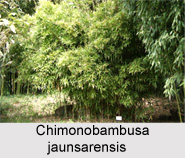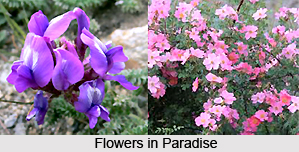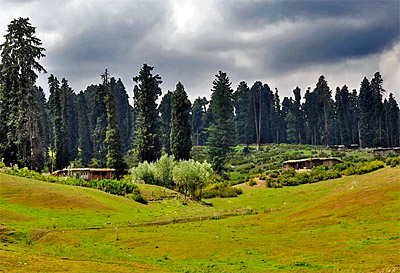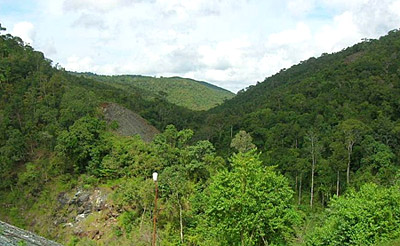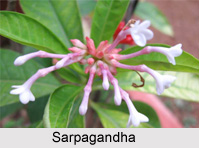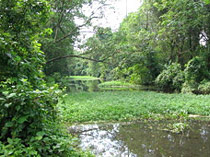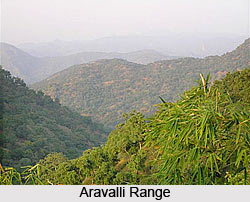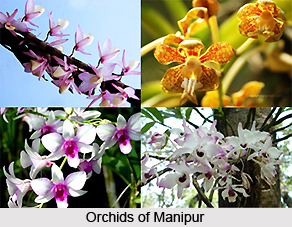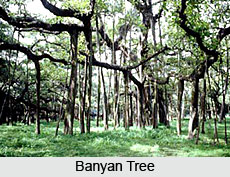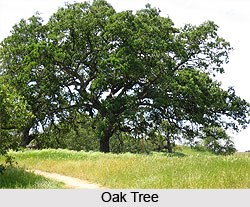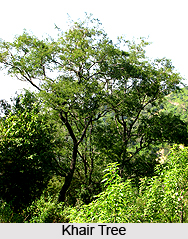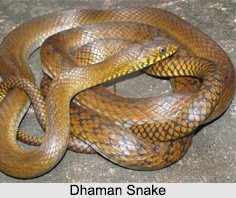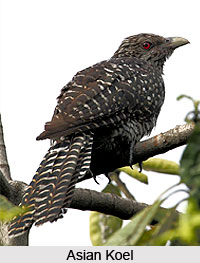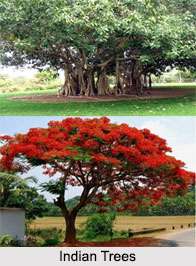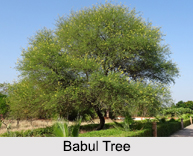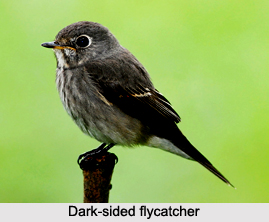 Dark-Sided Flycatcher is an Indian bird that bears a scientific name "Muscicapa sibirica", and is concentrated in the Asian countries and the Indian states.
Dark-Sided Flycatcher is an Indian bird that bears a scientific name "Muscicapa sibirica", and is concentrated in the Asian countries and the Indian states.
Category of Dark-Sided Flycatcher
Dark-Sided Flycatcher is a small passerine bird belonging to the genus Muscicapa in the Old World flycatcher family of Muscicapidae.
Concentration of Dark-Sided Flycatcher
Dark-Sided Flycatcher has a wide distribution in Asia with northern birds migrating south for the winter. It is also known as the Siberian flycatcher or sooty flycatcher, the latter name is also used for the sooty flycatcher (M. infuscata) of Africa.
Structure of Dark-Sided Flycatcher
Dark-Sided Flycatcher is 13 to 14 cm long. The upperparts are plain and dark grey-brown apart from a pale wingbar and pale edging to the tertial feathers. The breast and flanks have a variable amount of streaky dark grey-brown. This is unlike the similar Asian brown flycatcher which has rather plain pale under parts and the grey-streaked flycatcher which is white below with distinct grey streaks. Dark-Sided Flycatchers have a pale sub-moustachial stripe and a dark malar stripe which outlines the white throat and half-collar. The centre of the lower breast and belly is white while the under-tail coverts are white with dark centres to the feathers. The bill is short and dark and the feet are black. The eye is large and has a whitish ring around it. The wings are long with a longer primary projection than the Asian brown flycatcher. The adult Dark-Sided Flycatchers of both sexes are alike but juveniles have pale spots on the upperparts, a mottled breast and buff tips to the wing-coverts.
Songs of Dark-Sided Flycatcher
The song of Dark-Sided Flycatcher is a series of thin, high-pitched notes with trills and whistles. The call is a metallic tinkling.
Breeding of Dark-Sided Flycatcher
The subspecies Dark-Sided Flycatcher breeds in south-east Siberia westward to beyond Lake Baikal as well as in Mongolia, north-east China, North Korea and Japan (Hokkaido and northern Honshu). M. S. Rothschildi, Dark-Sided Flycatcher breeds in western China and Myanmar. M. S. Gulmergi occurs from Afghanistan to Jammu and Kashmir with M. S. Cacabata from the eastern Himalayan Mountain Range to south-east Tibet and perhaps Myanmar.
Habitat of Dark-Sided Flycatcher
The wintering range of Dark-Sided Flycatcher includes north-east India, Bangladesh, southern China, Taiwan and South-east Asia as far as Sumatra, Java, Borneo and the Philippines (Palawan and Culion). Vagrant birds have been recorded in Alaska and Bermuda. It inhabits coniferous and mixed forest and woodland and is sometimes seen in plantations, parks and gardens. It typically occurs in mountainous regions, reaching 4000 metres above sea-level in some areas.
Nests of Dark-Sided Flycatcher
Dark-Sided Flycatcher builds a cup-shaped nest 2 to 18 metres above the ground, on the branch of a tree or sometimes in a hole. Three to five eggs are laid; these are pale green with reddish markings.
